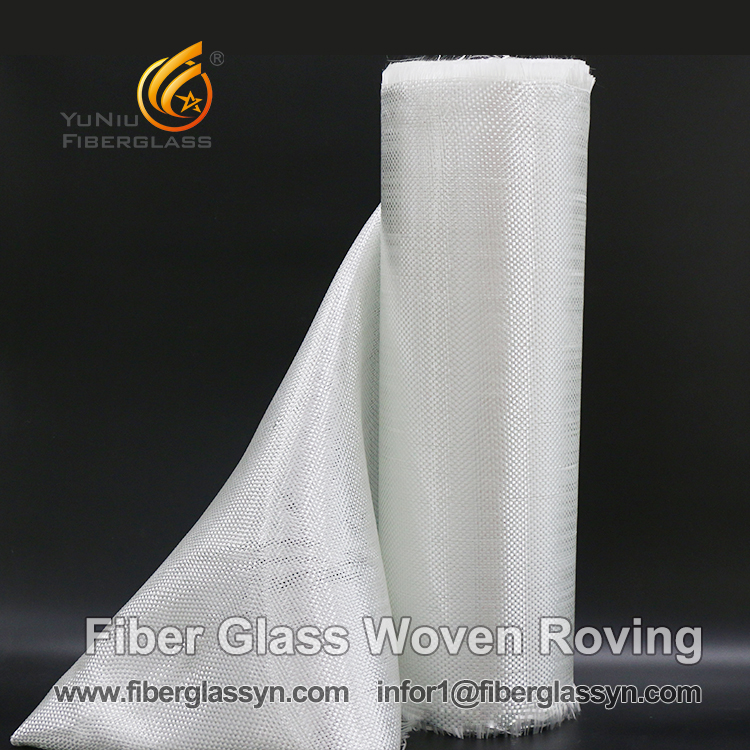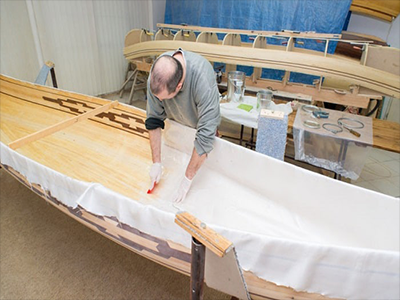Introduction
Glass fiber woven roving is a type of fiberglass material used in the construction of boats and ships. Fiberglass composites is a material composed of glass fibers and a plastic resin. This type of fabric is made from a combination of glass fibers that are woven together and then saturated with a polyester resin. This combination of materials creates a strong, lightweight and durable material, making it ideal for boat and ship construction.
Advantages of Glass Fiber Woven Roving Fabric
One of the major advantages of glass fiber woven roving fabric E-glass is its strength. The combination of the glass fibers and polyester resin creates a strong and durable material that is resistant to corrosion, abrasion and moisture. This makes it ideal for boat and ship construction as it is able to withstand the harsh conditions of the marine environment.
The lightweight nature of glass fiber woven roving fabric E-glass also makes it an ideal material for boat and ship construction. This type of fabric is much lighter than traditional materials such as steel, so it requires less energy to construct a boat or ship. Additionally, the lightweight nature of glass fiber woven roving fabric E-glass also helps reduce the overall weight of the boat or ship, which can help reduce fuel consumption.
Glass fiber woven roving fabric E-glass is also resistant to UV radiation, making it ideal for boat and ship construction. The polyester resin used in the construction of glass fiber woven roving fabric E-glass helps protect it from UV radiation, which can cause the material to degrade over time. This helps ensure the long-term durability of the boat or ship.
Disadvantages of Glass Fiber Woven Roving Fabric E-glass
One of the major disadvantages of glass fiber woven roving fabric E-glass is its cost. This type of fabric is generally more expensive than traditional materials such as steel, due to the cost of the materials used in its construction. Additionally, the labor costs associated with constructing a boat or ship using this type of fabric can also be costly.
Glass fiber woven roving fabric E-glass can also be difficult to work with. The combination of glass fibers and polyester resin can be difficult to cut, shape and form into the desired shape for the boat or ship. Additionally, this type of fabric is also more brittle than traditional materials, so it can be more prone to cracking and breaking.
Conclusion
Glass fiber woven roving fabric E-glass is a type of fiberglass material used in the construction of boats and ships. This type of fabric offers several advantages, such as its strength, lightweight nature and resistance to UV radiation. However, it can also be more expensive than traditional materials and difficult to work with. Despite these drawbacks, glass fiber woven roving fabric E-glass is still an ideal material for boat and ship construction due to its durability, strength and lightweight nature.
Post time: Apr-11-2023

